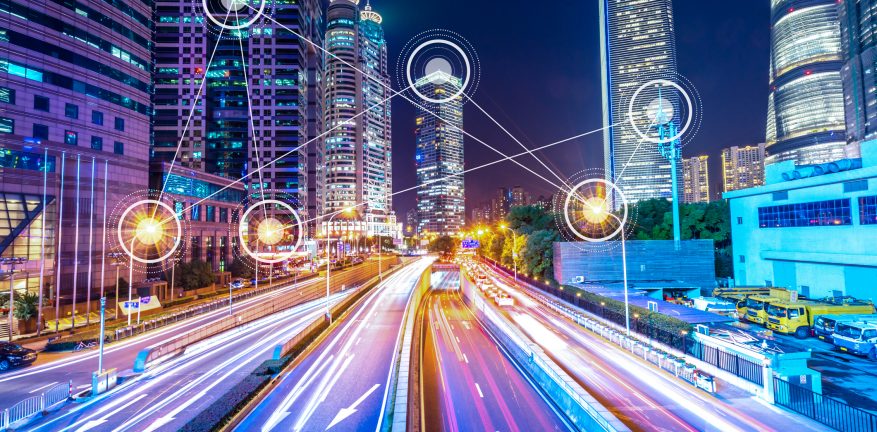How 5G is making cities safer, smarter, and more efficient
This article first appeared on Urgent Communication.
It’s a scenario we’ve all experienced: an ambulance with a blaring siren racing against time to get a person in medical distress to a hospital through traffic.
What we don’t see is 5G connectivity enabling paramedics to communicate with hospital staff via video conference and coordinate care in real-time before arriving at the emergency room. 5G allows for real-time transmission of patient vital statistics and status via video, informing emergency-room preparation to appropriately service the incoming patient. It also supports applications that provide improved navigation data and ambulance-to-streetlight communications that ensure a green-lit roadway path, so the ambulance can arrive as quickly as possible.
5G is the fifth generation of cellular technology supporting higher data rates and lower latency, or network response time. 5G achieves these improvements in smartphone-sized (and smaller) form factors while using spectrum more efficiently and drawing less power to extend precious battery life. The highly flexible 5G interface supports a broad and ever-expanding collection of communications use cases: from low data rate applications, such as those used for remote medical monitoring of a patient’s vitals, to unmanned airborne vehicles (“UAVs” or drones) that livestream Ultra High Definition (“Ultra HD”) video to provide a third eye to public-safety officials during emergencies.
Many U.S. cities are working with mobile carriers to deploy the advanced capabilities of 5G to upgrade public safety and other government services, improve the day-to-day lives of citizens and their workplaces, and attract new businesses. Worldwide, more than 225 operators have deployed 5G technology, and they will soon begin deploying the second wave of 5G technology—5G Advanced. 5G Advanced builds on existing 5G technology to provide richer connections between everyone and everything around us. 5G delivers enhanced mobile broadband right now, and 5G Advanced will expand the technology into new use cases and verticals requiring high performance levels.




















